Afghan Kukri – 8.5″ (Full Flat Tang, Rosewood Handle)
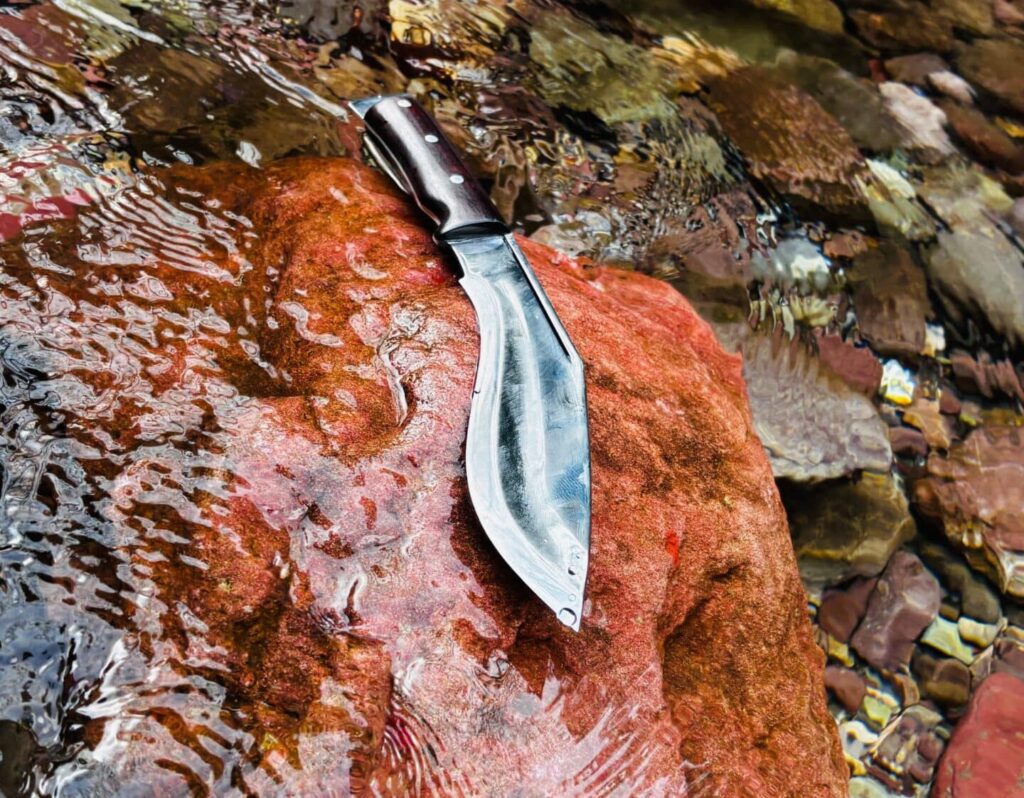
After 15 years of forging kukris here at Himalayan Blades, we’ve learned what actually matters versus what just sounds good in descriptions. The Afghan Kukri incorporates lessons from thousands of customer feedback emails (yes, we track those religiously), and our own field testing in the hills around our workshop.
The Full Flat Tang Truth
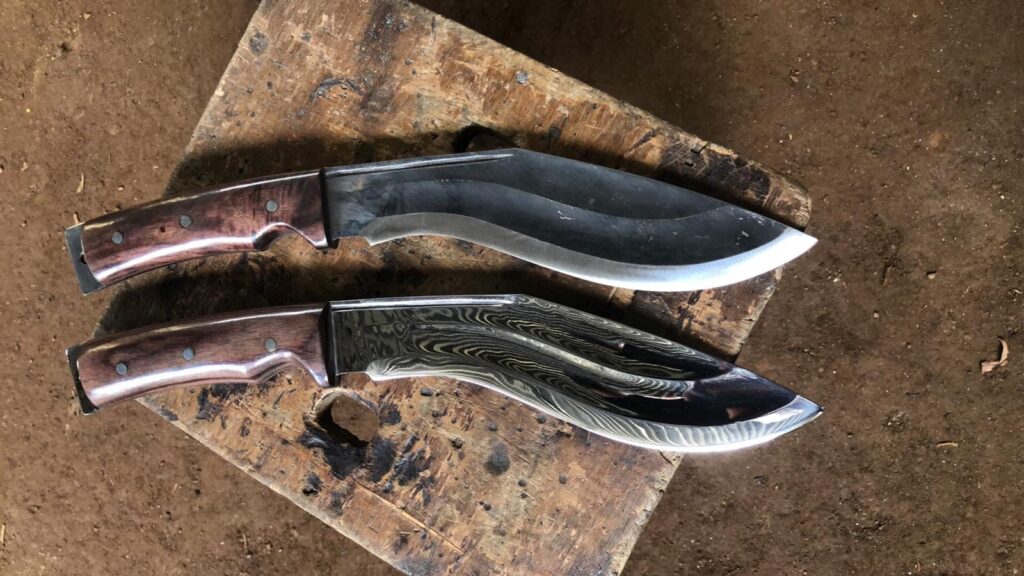
Most makers will tell you about full tang construction. What they won’t mention is how the tang geometry affects balance. We extend ours 4.75 inches into the handle—not because it’s standard, but because our drop tests showed that’s where the stress distributes best. Had three prototypes snap at 4.5 inches. Half an inch made all the difference.
Handle Materials That Make Sense
Default comes in Indian Rosewood because, after handling literally thousands of orders, we know it works. Doesn’t slip when wet (tested during monsoon season), ages beautifully, and doesn’t crack in dry climates like some exotic woods we’ve tried.
Want something different?
- Buffalo Horn (no extra charge)—naturally grippy, each piece unique. Fair warning: it smells weird for the first week.
- Micarta (+$19)—bombproof material. Just shoot us an email at info@himalayanblades.com to get a micarta handle.
The Complete Kit (Not Just Marketing)
Every Afghan comes with the traditional Karda and Chakmak. Here’s why they’re not just decoration:
The Karda isn’t some afterthought mini-knife. We specifically sharpen ours to 20 degrees (versus the kukri’s 25-degree edge) because customers kept asking for something to handle detail work. Opening packages, cleaning game, cutting 550 cord—stuff the main blade’s too much for.
The Chakmak—okay, most people won’t use this for starting fires like our grandfathers did. But it’s brilliant for honing your blade in the field. The hardened steel (58-60 HRC) realigns your edge without removing material. The majority of customers in use this to strike ferro rods. Works perfectly.
Real-World Testing Notes
Here’s what I’ve learned:
Weight distribution: Balance point sits 1.5 inches forward of the guard. Close enough to the hand for control, forward enough for chopping power. Cleared a campsite in Vermont last fall—took down inch-thick maple branches without the wrist fatigue you get from nose-heavy designs.
Edge retention: Our 5160 spring steel at 56-58 HRC isn’t the hardest out there. That’s intentional. You can sharpen this on a river rock if needed. We had a geology professor customer who literally did this in Peru. Still cuts.
The lanyard hole: Honestly? Added this after I dropped my personal kukri off a cliff in 2020. Yeah, expensive lesson. The hole’s positioned so the lanyard doesn’t interfere with your grip but catches your wrist if the handle gets slippery.
What Customers Actually Say
Got an email last month from a trail maintainer in Oregon: “Carried it 1,200 miles on the PCT. Still shaving sharp. The rosewood handle formed to my hand perfectly.”
Another from a bushcraft instructor in Germany: “Finally, a kukri that doesn’t feel like I’m carrying a sword but still does real work.”
My favorite? Guy in Texas: “Wife stopped complaining about my knife collection because this one actually gets used.”
The Himalayan Blades Difference
We’ve been making kukris since 2009. Not importing, not reselling—actually forging them with our team of kamis who learned from their fathers and grandfathers and with modern methods. Each Afghan Kukri comes from our workshop, where we control every step.
Every blade gets:
- Hand-forged by smiths with 10+ years experience minimum
- Heat treated in-house (we check with a Rockwell tester, not guesswork)
- Individually tested before shipping (yes, we actually chop stuff with each one)
- Our lifetime warranty against defects (break it through normal use, we replace it)
Straight Talk on Limitations
This isn’t a bushcraft chopper. Want to split logs? Get our 12-inch Ranger model. This isn’t a fighting knife either—the balance is wrong for that. What the Afghan IS: a working blade for people who actually go outside and need steel they can trust without planning their whole loadout around it. Watch some tests afghan Kukri and here
Every Afghan sold helps keep our traditional kamis employed and their skills alive. That matters more than maximizing margins.
Been making these for five years. Still haven’t had one come back broken from normal use. That’s not marketing—that’s just what happens when you make things right.
Questions? Email us at info@himalayanblades.com. I personally answer the tough technical questions.
Disclaimer
Disclaimer: At Himalayan Blades, we commit to providing accurate and informative content about Kukris, Gurkha history, and blade making art. We recognize there’s always room for learning and growth. Therefore, we welcome your insights and feedback.
If you notice any inaccuracies or have improvement suggestions, please reach out to us. Your contributions help us create a better and more inclusive community. Thank you for joining our journey.
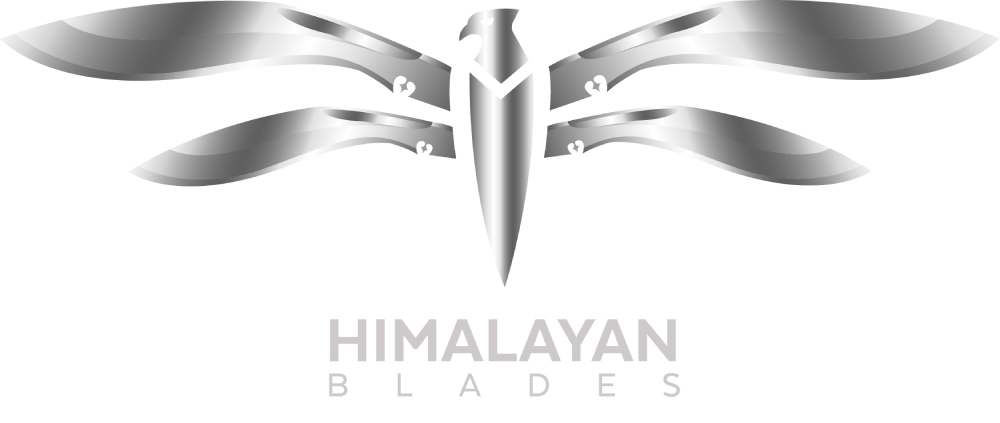

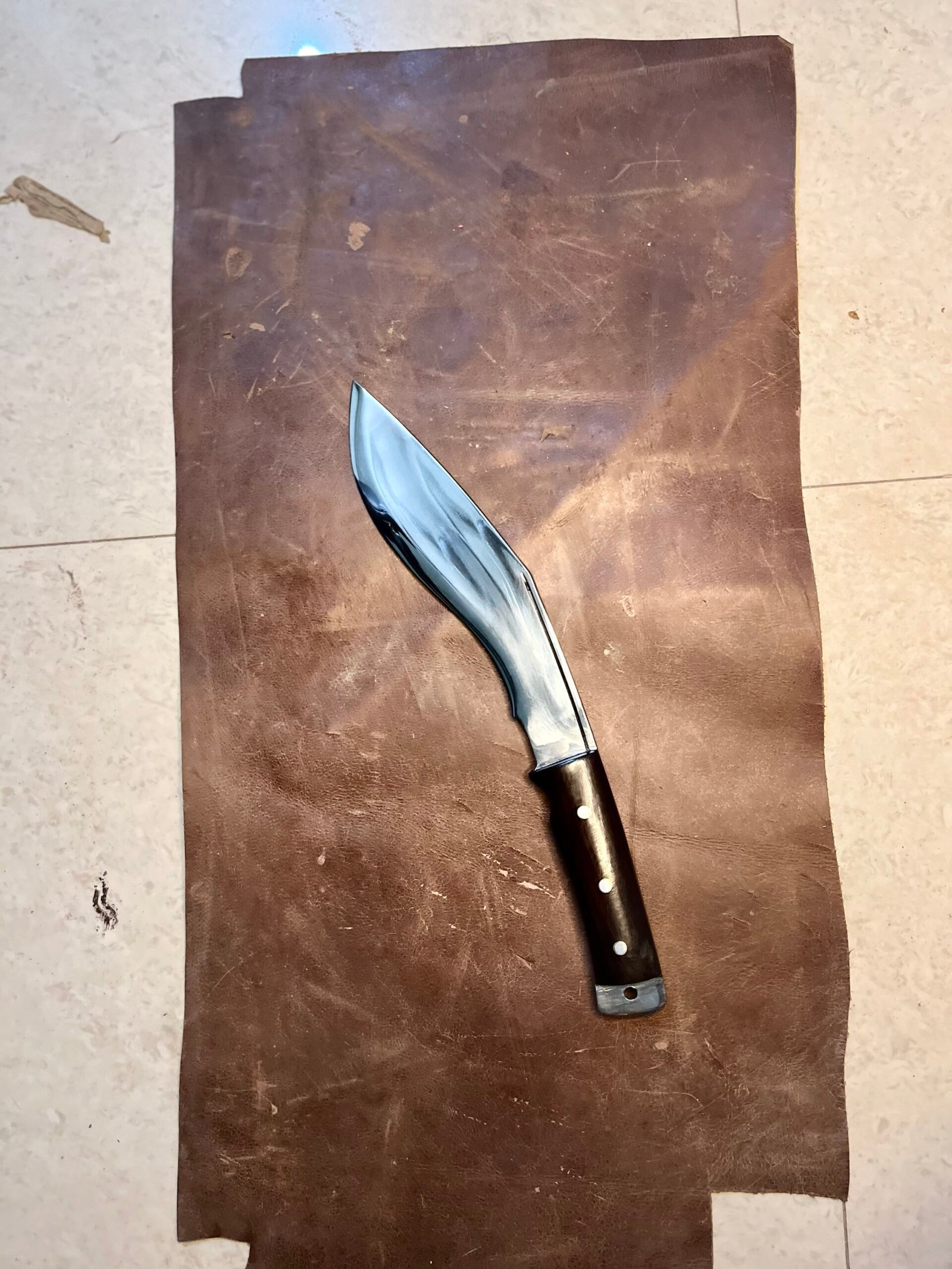
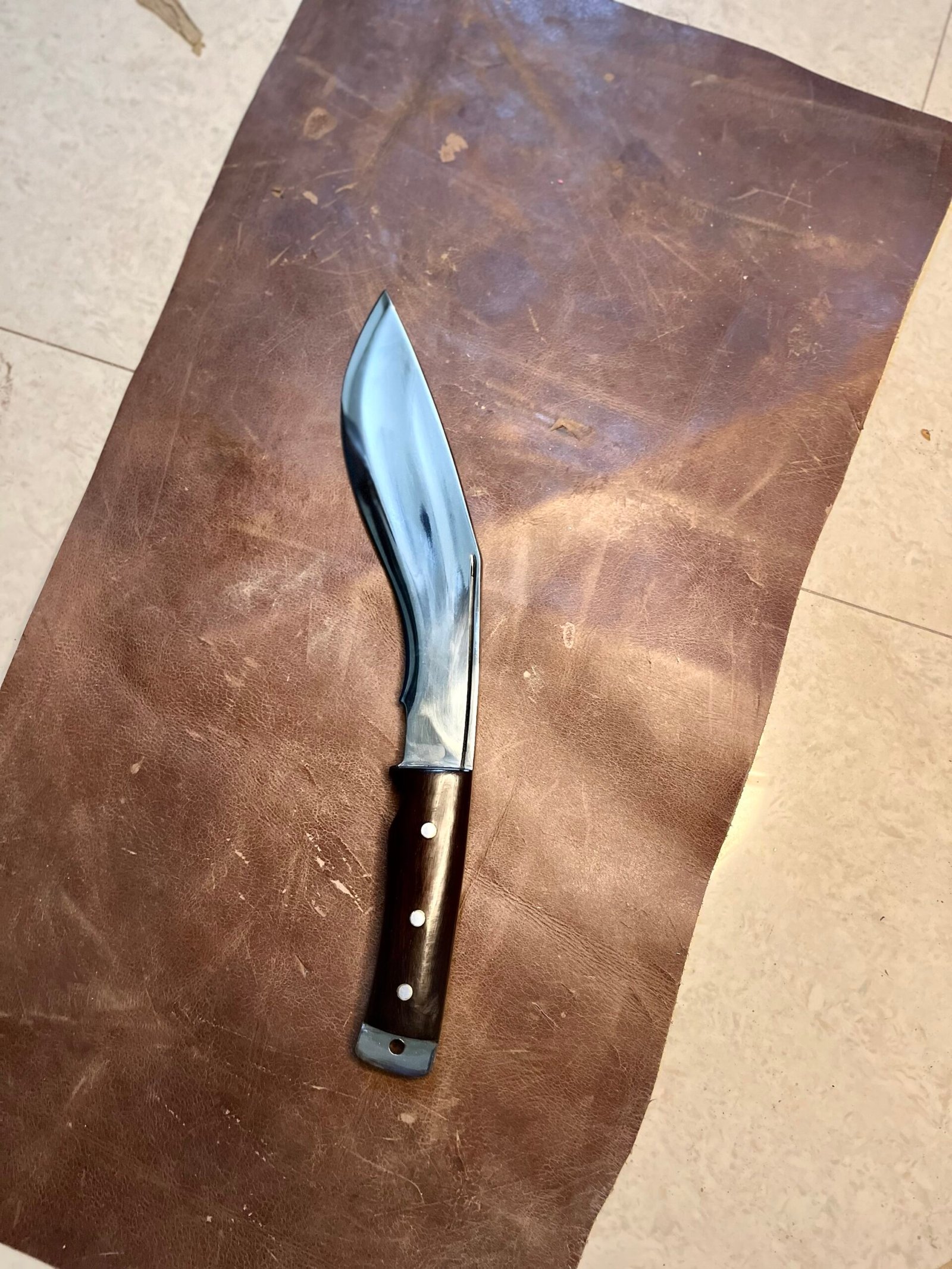
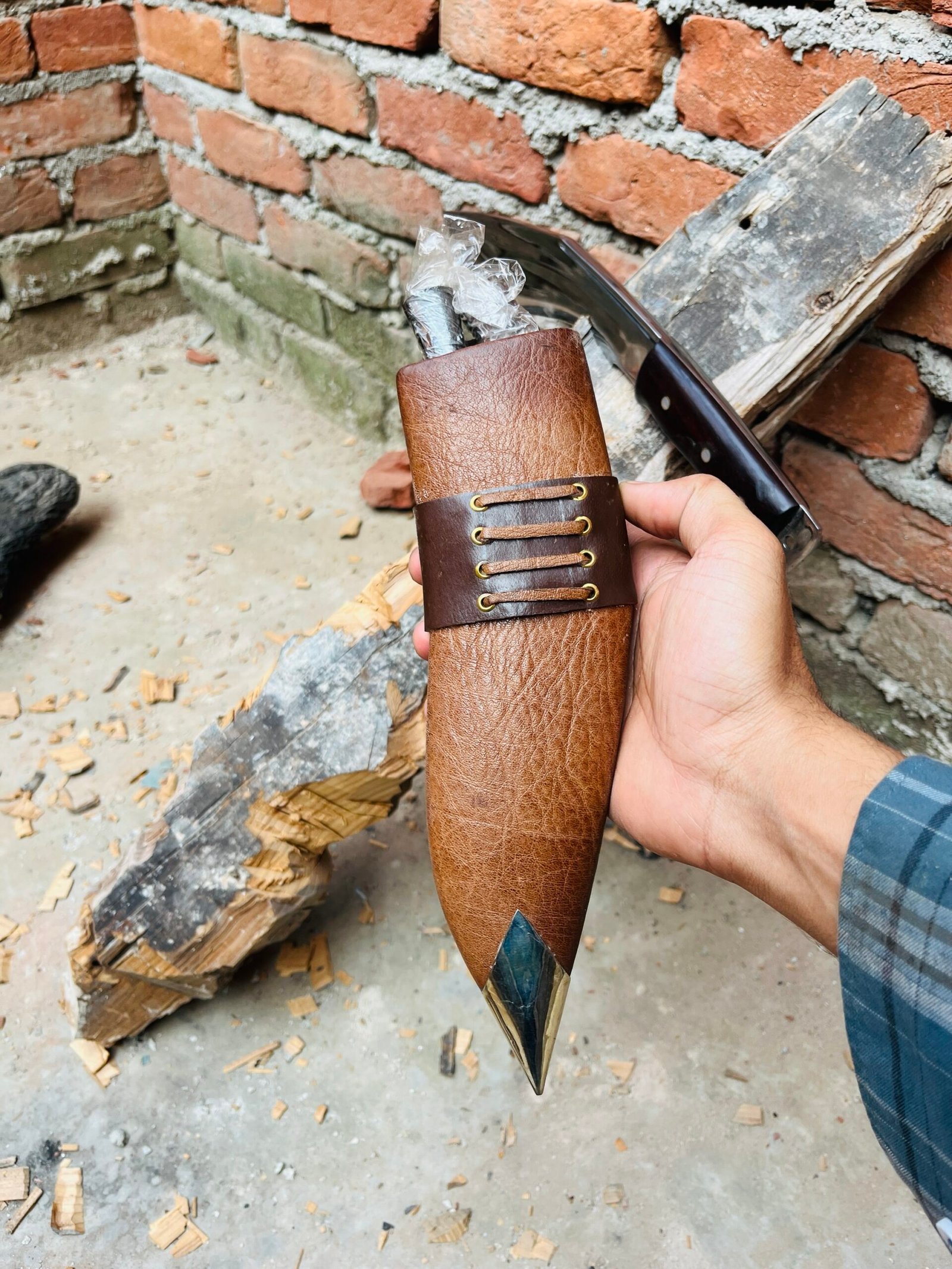
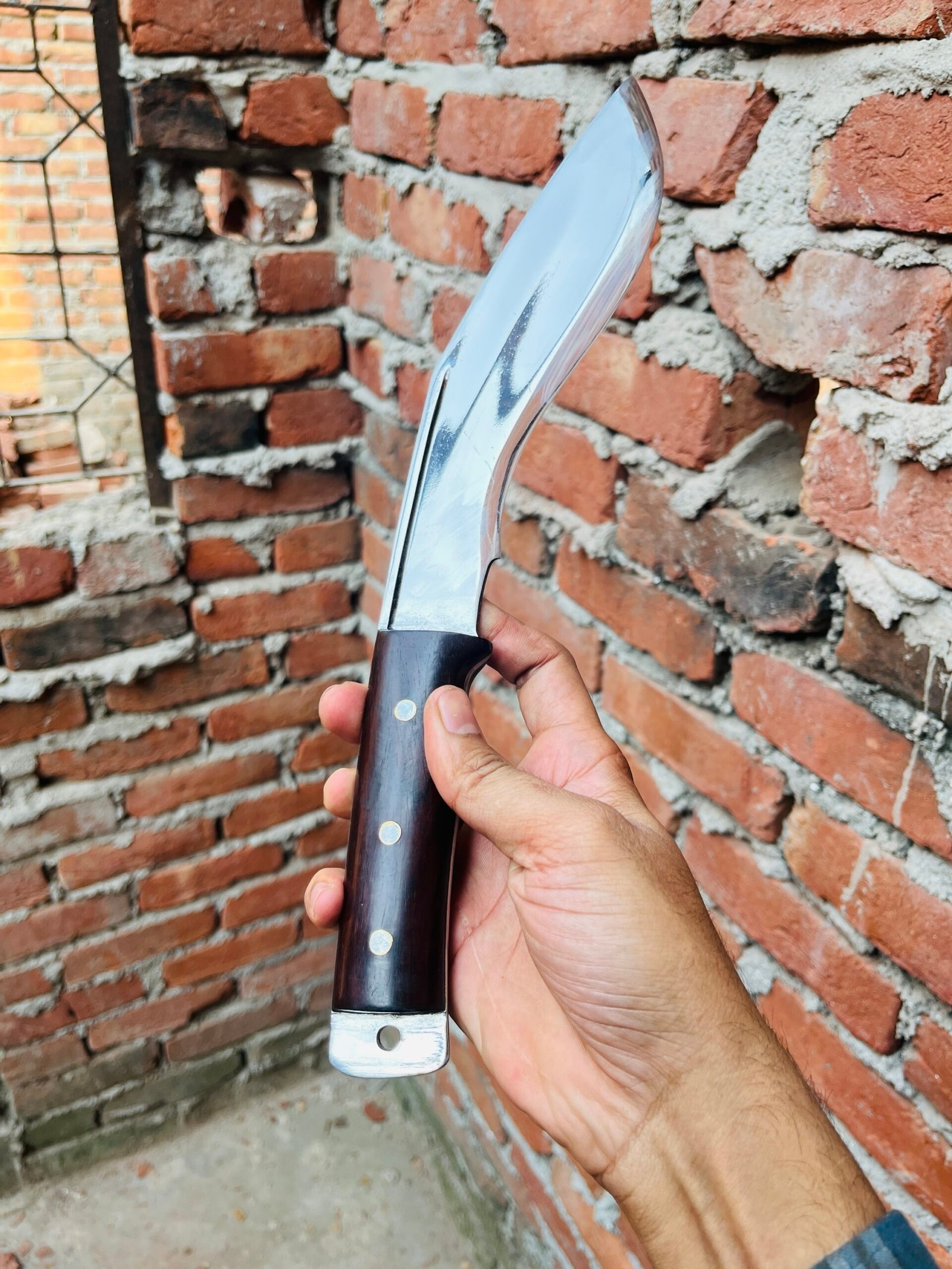
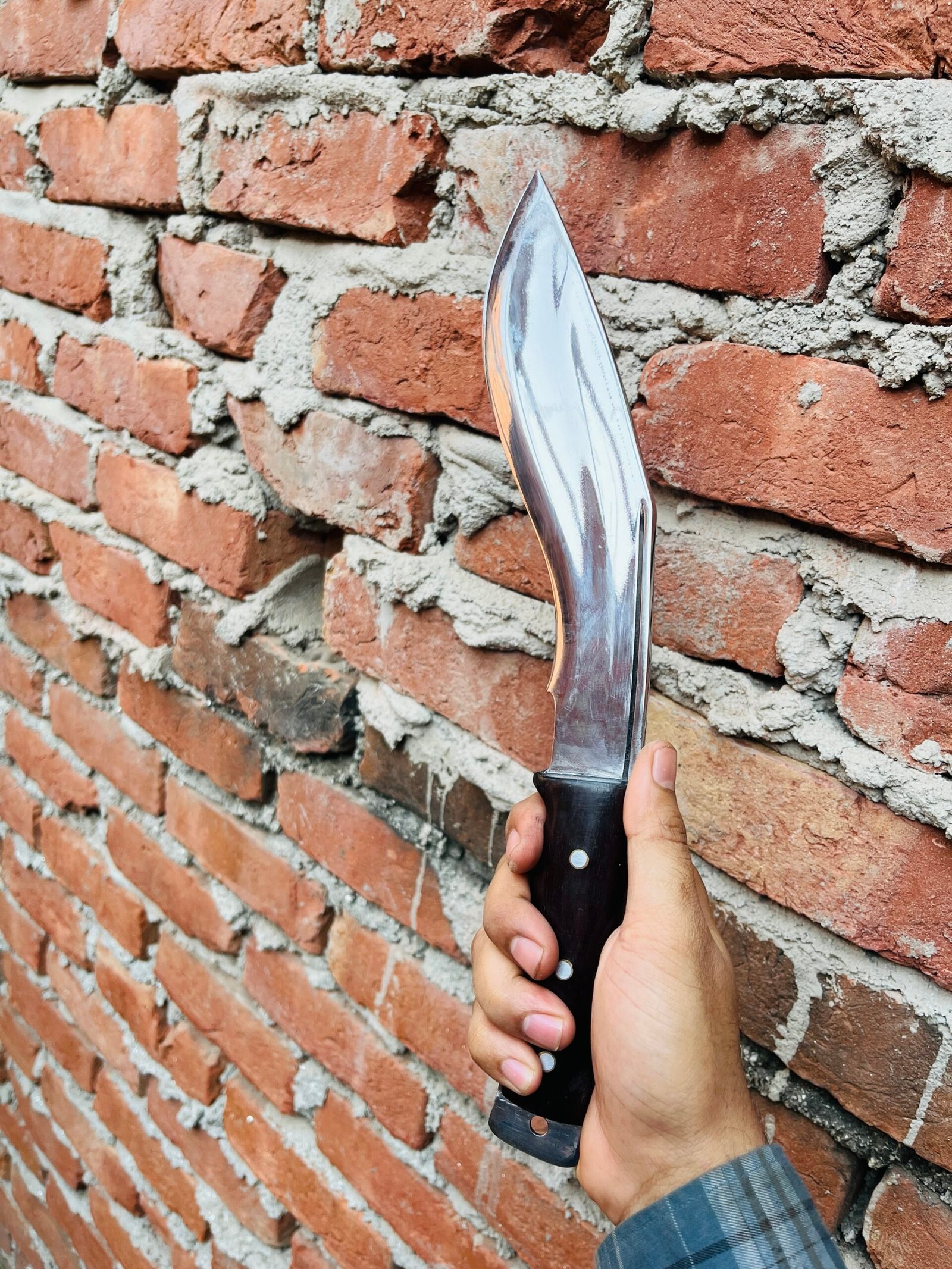

Reviews
There are no reviews yet.